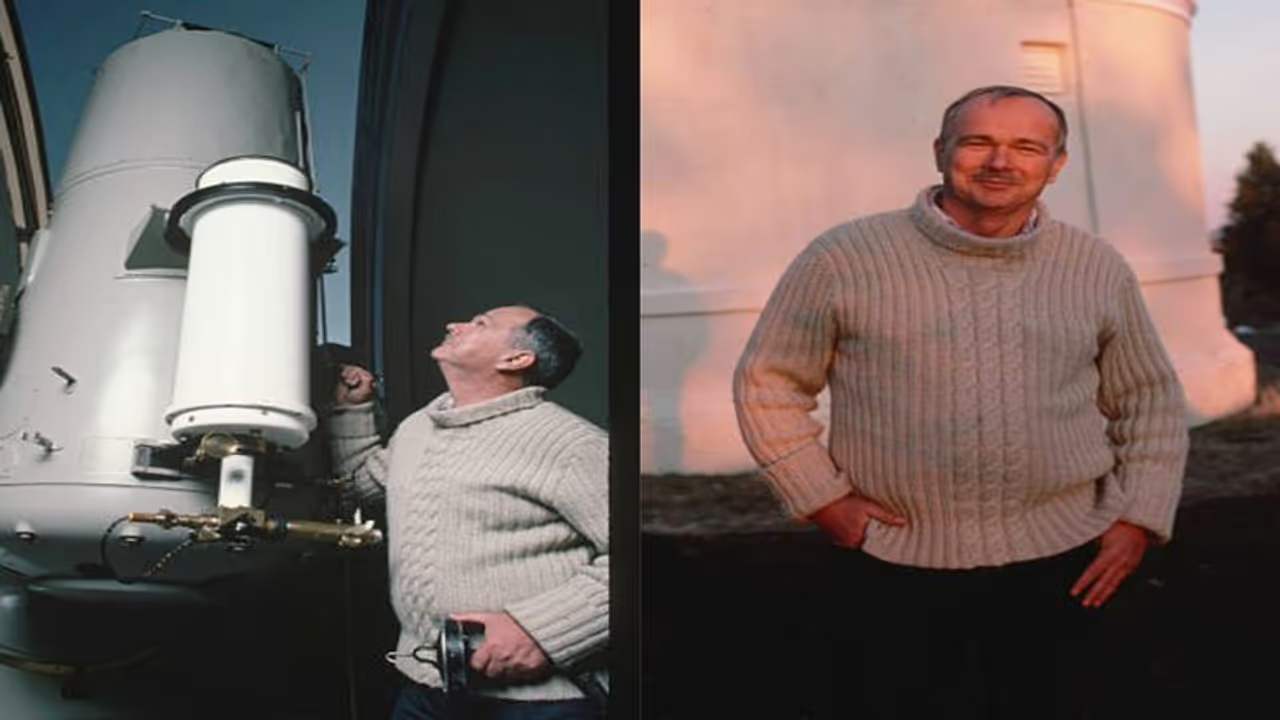Dr. Eugene Shoemaker, the father of astrogeology and a planetary scientist, on July 31, 1999, his remains, carried on moon by the Lunar Prospector spacecraft, made him the first and only human to be buried on the moon.
American geologist Eugene Merle Shoemaker devoted his professional life to researching comet and asteroid impacts on Earth and other worlds.
In addition, he provided training to numerous Apollo astronauts who conducted lunar travel, instructing them in the identification and examination of lunar rocks and craters. He served as the inaugural director of the Astrogeology Research Program of the US Geological Survey.
Shoemaker made a great deal of scientific contributions and ground-breaking discoveries. It was due to his pioneering work that Arizona's Barringer Crater was created by a meteorite impact rather than a volcanic eruption.
In addition, he found a number of newly known mineral kinds, including stishovite and coesite, which are created by impact-induced high-pressure shock waves.
What caused his death?
When Shoemaker was in Australia investigating a meteor crater on July 18, 1997, he died in a vehicle crash. His age was 69. Carolyn, his comet-hunting partner and fellow scientist wife, lived through the collision.
The scientific world and the general public, who respected Shoemaker's enthusiasm and quest for the wonders of the cosmos, mourned his terrible passing.
How was he buried on the moon?
Shoemaker had never been to the moon during his life; therefore, his family and friends decided to grant his wish after his passing. They got in touch with Celestis, a business that provides cremated remains with memorial spaceflights.
As part of NASA's Lunar Prospector mission, which aimed to study the moon's surface and search for indications of water and ice, Celestis consented to send a tiny capsule containing Shoemaker's ashes to the moon.
A photograph of Shoemaker, a bronze foil bearing his name and dates, and a fragment of the Barringer Crater were also contained in the capsule.
Shoemaker became the only person to be interred on the moon as a result of this act; a cavity near the south pole bears his name.
